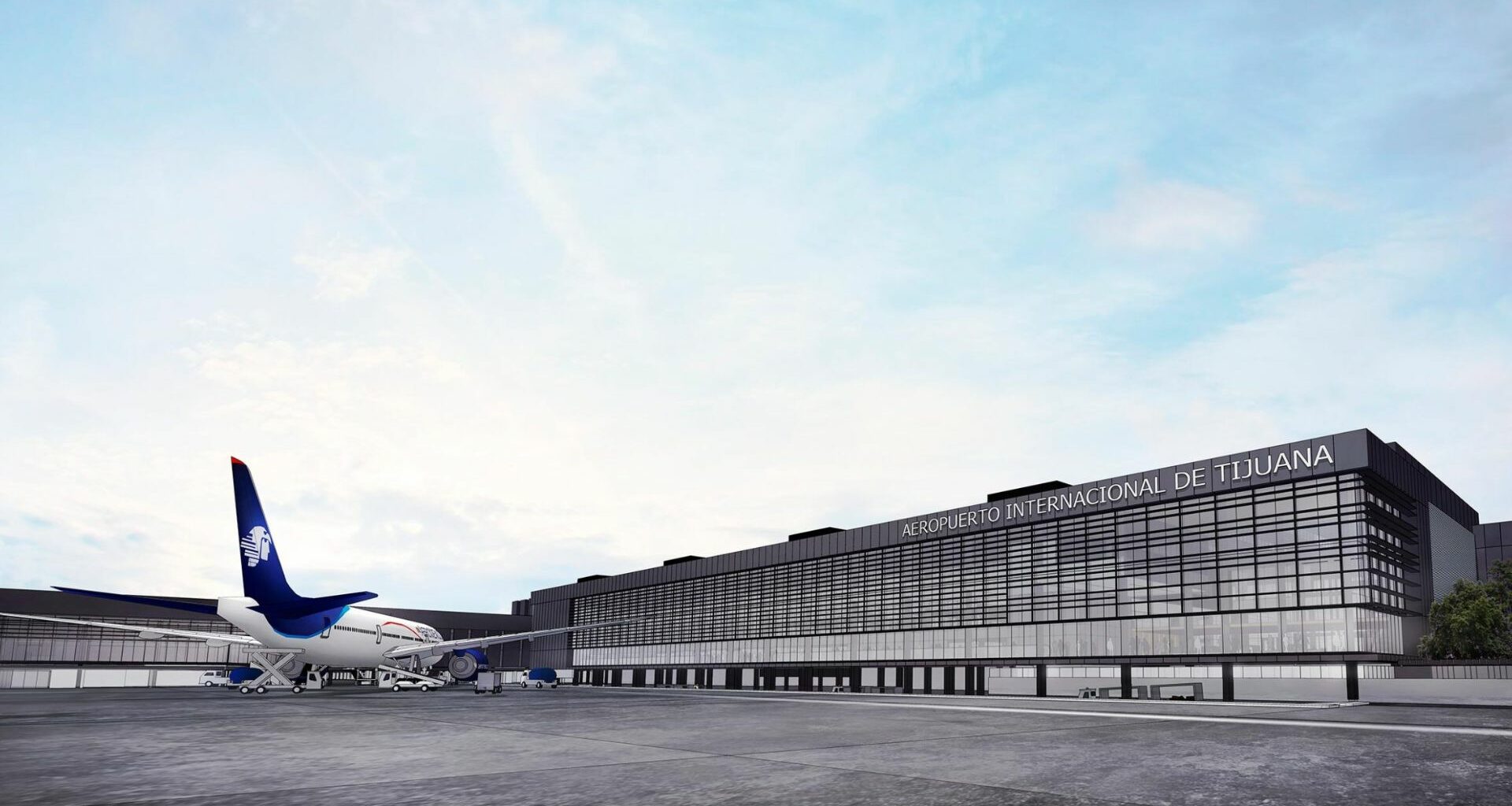Esta entrada también está disponible en: ES (Spanish)
With an average transit of 9 million passengers per year, Tijuana Airport is the fourth most important hangar in Mexico.
Tijuana International Airport and the Cross Border Xpress (CBX) bridge are an important connection between Mexico and the United States. Its economic impact on the California and Baja California region is fundamental to the growth and development of both states. This 2023 marks the one-year anniversary of the inauguration of the Processor Building (NEP) at Tijuana airport, which aimed to streamline the transit of thousands of passengers who use the CBX daily.
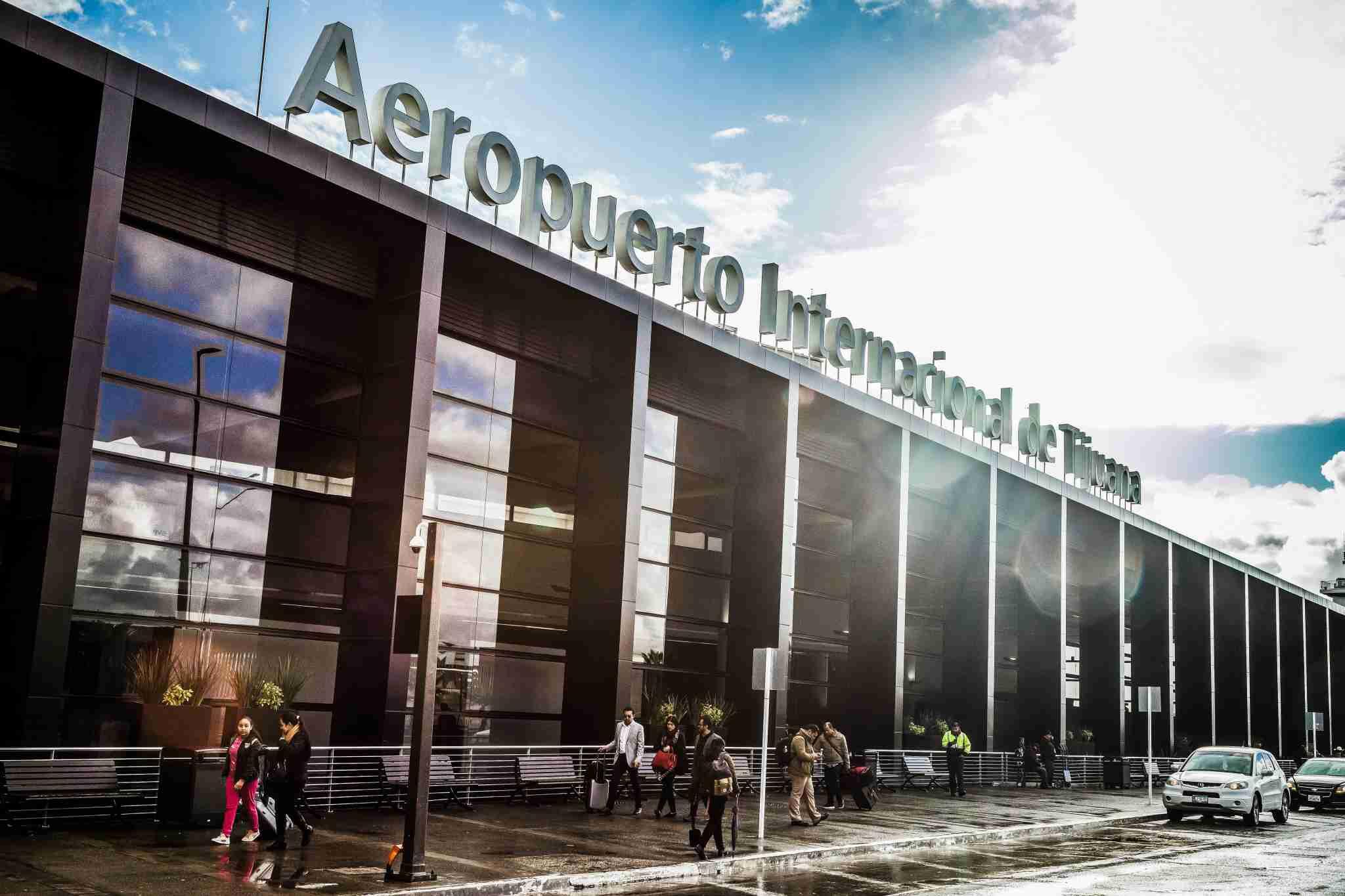
With an investment of 5.69 million pesos, the building directly connects with the CBX bridge in Otay Mesa and has 52 documentation counters and two boarding gates. It also increases the number of customs review lines from two to seven and adds six new migration modules to reach a total of 18. With the NEP, the surface area of Tijuana airport is increased by 83% due to an expansion of 40,000 square meters, making it one of the most modern facilities in Mexico.
Tijuana airport recorded a record number of 9.7 million passengers in 2021, while CBX received over 2.7 million passengers, which represents a 64% increase compared to 2020. Around 30% of the passengers arriving at Tijuana airport use CBX, demonstrating its importance as a gateway to Mexico.
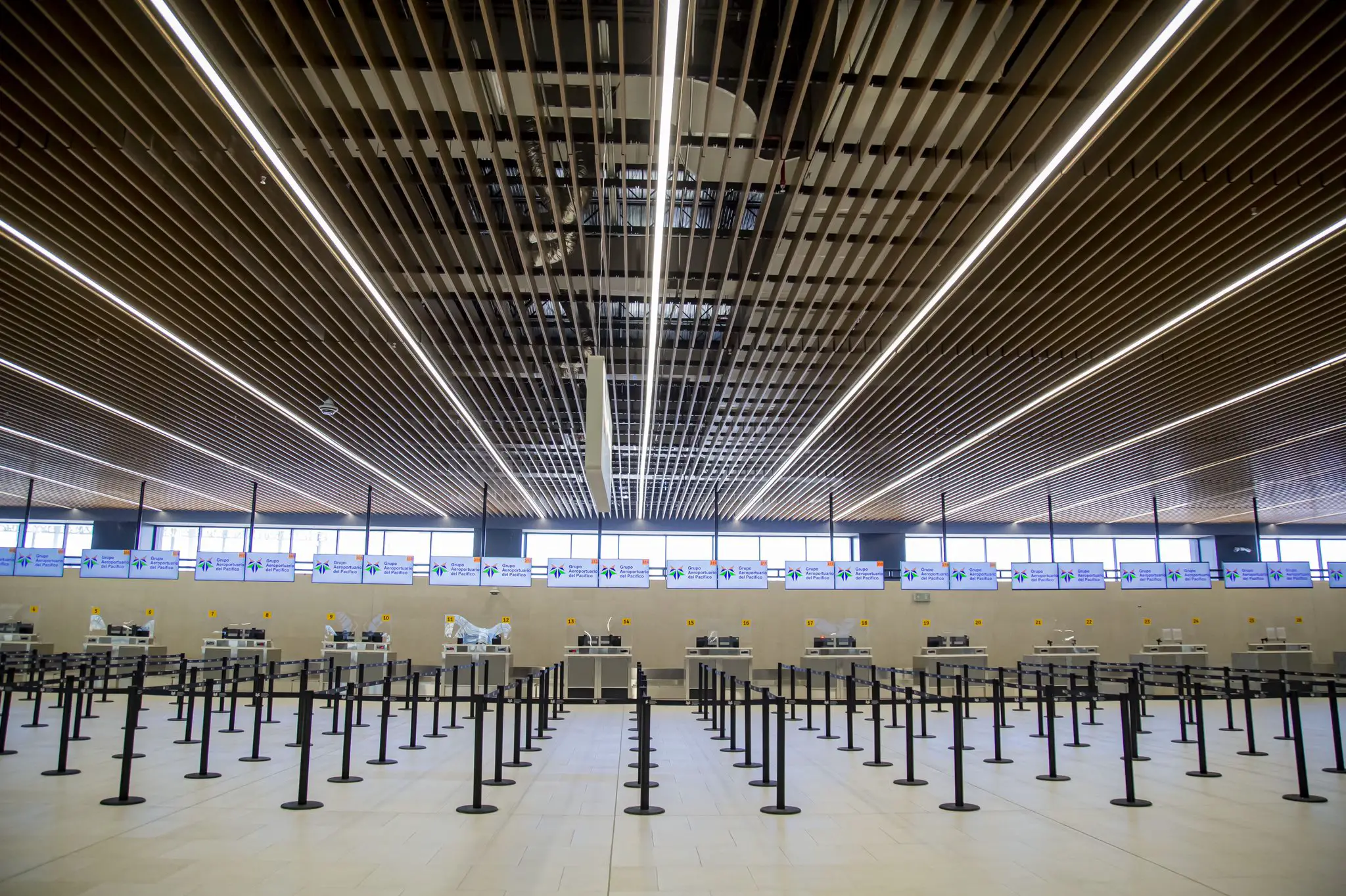
On average, the waiting time to cross from Mexico to the United States through CBX during off-peak hours ranges around 24 minutes. The goal is to reduce the waiting time to 15 minutes. In addition, the surroundings of CBX will include hotels and restaurants, a business center with offices and conference areas, an on-site car rental facility, and ample parking.
The plans to improve mobility for travelers in the binational region do not end here. The regional plan of the San Diego Association of Governments (SANDAG) includes a proposal to connect the CBX terminal with the San Diego International Airport via an underground train. In the best-case scenario, the project could become a reality within five years.
The airlines with the largest presence at Tijuana Airport are:
Regarding airlines, Volaris is the airline with the largest presence in Tijuana, with 71.8% of Tijuana’s seat supply, followed by Viva Aerobus and Aeroméxico with 19.7% and 8.1% of the share respectively; and Calafia closes with 1.7%. The route with the highest passenger flow in Tijuana, and the second in Mexico, is the connection with the Mexican capital, according to the Federal Civil Aviation Agency (AFAC). Between January and March 2022, it transported 1,319,861 pounds of cargo and 1,319,861 passengers on 3,726 flights.
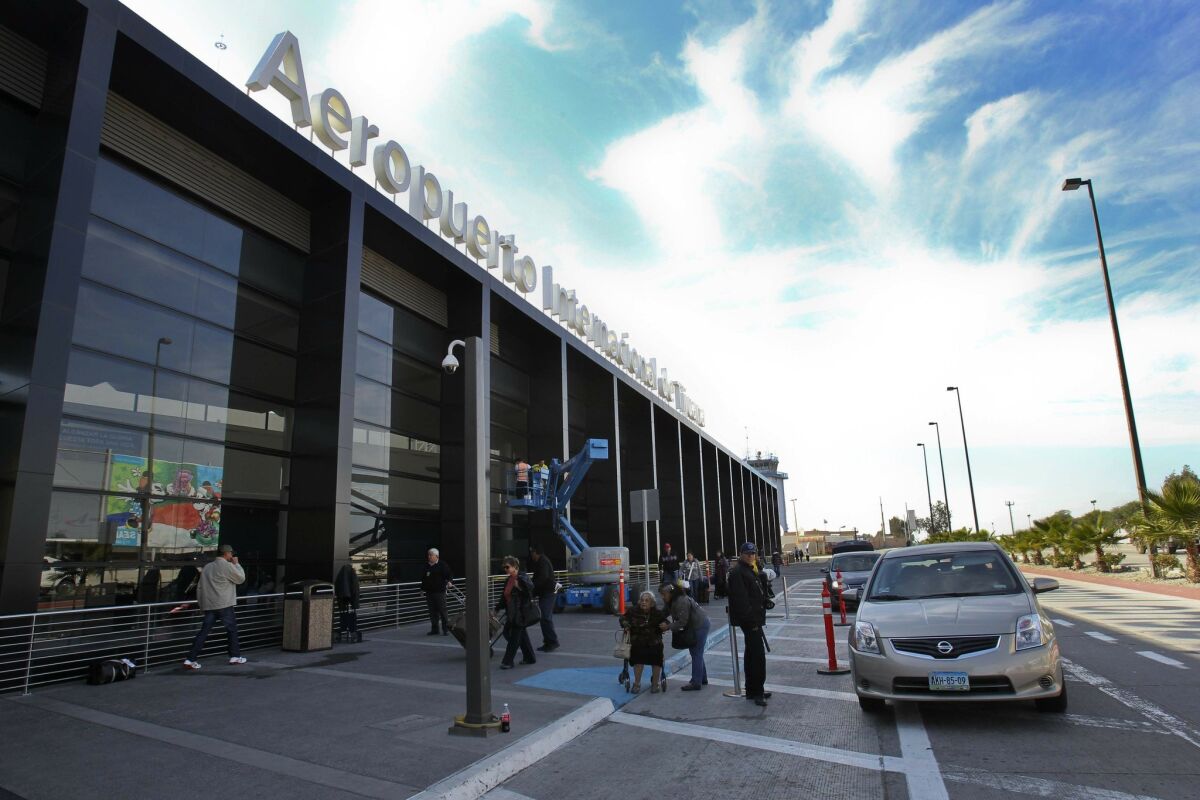
With 536,737 passengers transported in the first quarter of 2022, Guadalajara is positioned as the second destination from Tijuana and the fifth nationally. Closing the podium is Culiacán, which transported 208,105 passengers in the first quarter of 2022. Tijuana’s network of destinations is composed of 37 national destinations with Aeroméxico, Calafia, Viva Aerobus, and Volaris.
With the opening of the second building, Tijuana airport almost doubled in size, meeting the demands estimated for the year 2034 ahead of schedule. It is expected that the passenger transit will reach 17 million in the border city by that time.
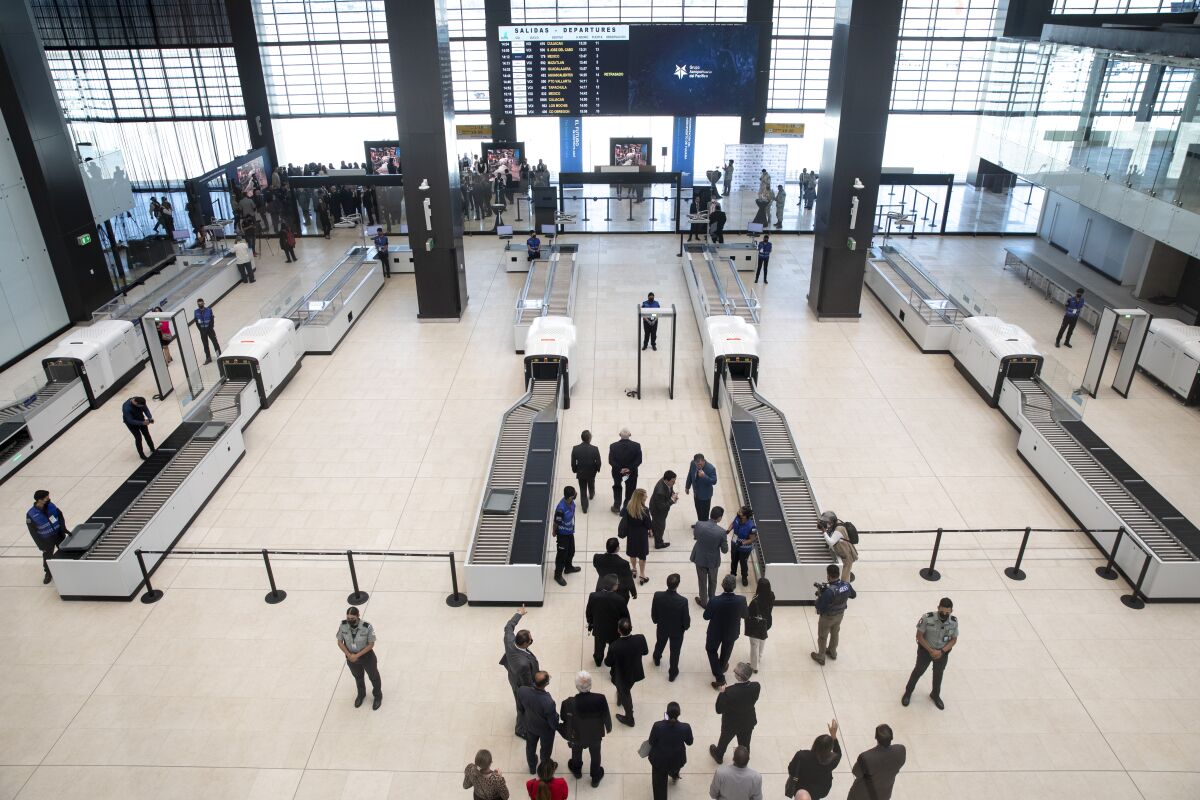
The investment in air infrastructure and mobility shows the commitment of authorities and companies to continue promoting the economic and social growth of the area. With greater capacity and efficiency in migration and customs processes, Tijuana airport is expected to continue attracting a greater number of passengers and consolidate itself as an important gateway for international tourism.
Have you already been to the Tijuana International Airport?
Sources: El Debate, The San Diego Union-Tribune, Aviacionline.






